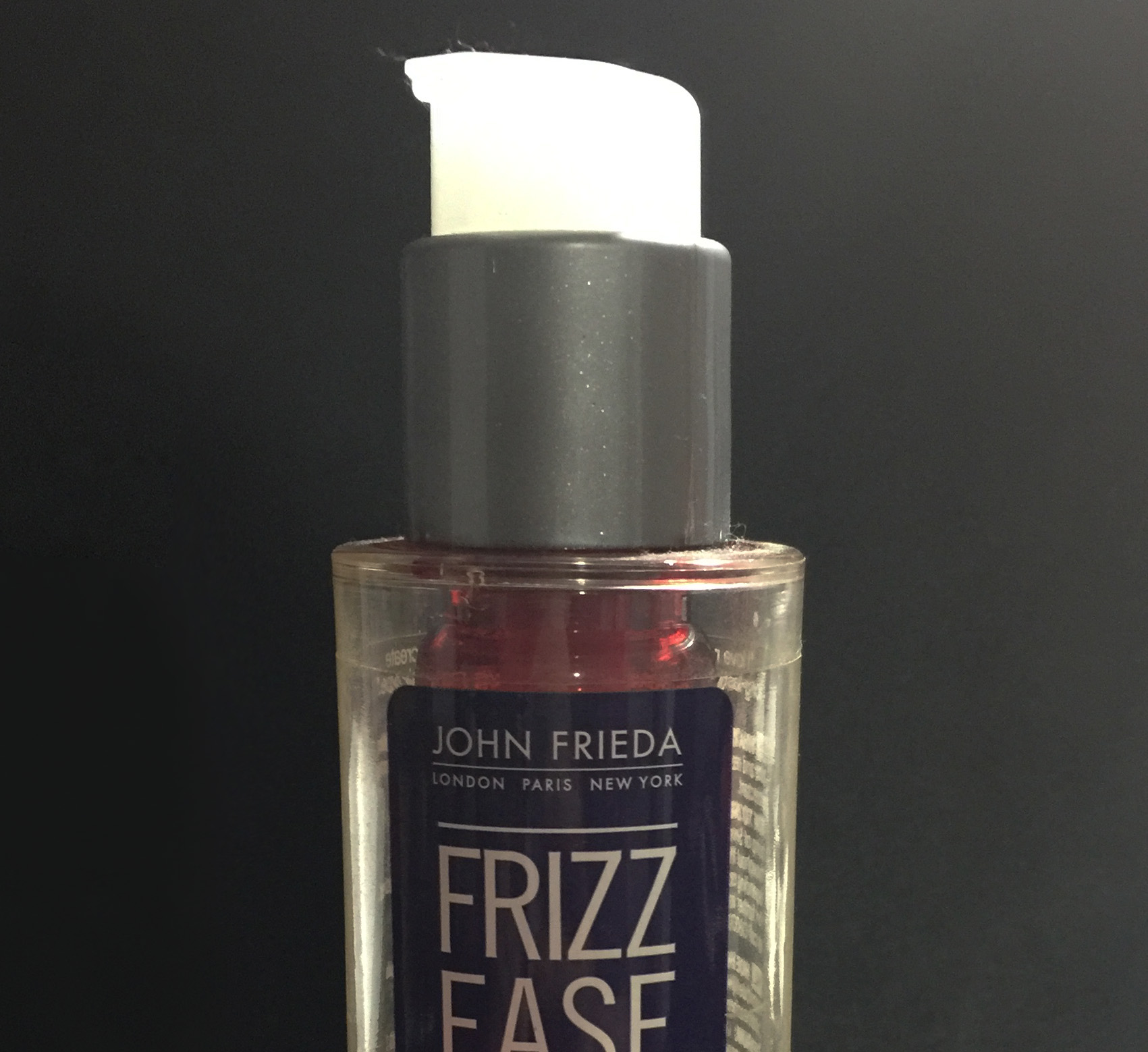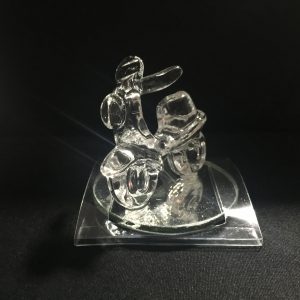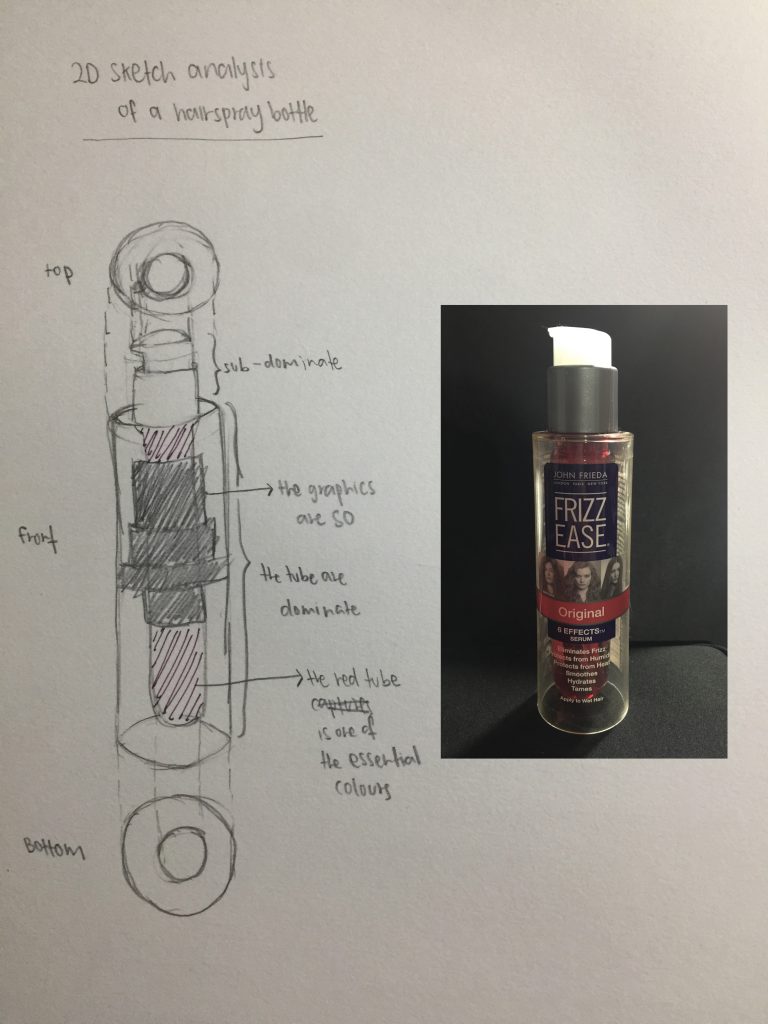So I had a branch, which I picked up somewhere when I was on the way home. When I try putting the branch into my models, I feel like it does not fit into my models. Hence I decided to make another model.


So for Model 3, I decided to make a vase(cylinder) for the branch to sit in. The cylinder is the dominant, the cone is sub-dominant and the sphere is sub-ordinate.
When I was doing the Model 3, I also thought of representational object for the cylinder, cone and sphere. So the cylinder will be a transparent vase where there will be candies in it. Cone with be the witch hat and sphere will be a small pumpkin.





In my previous post, I mention I wanted to add light to my final model. TA-DAAA! So here it is! I like how the yellow light shows the spookiness of the branches.
Refection
Overall I was not satisfied with my work as I feel that I could do better;
- pay more attention to the compositions of curvilinear volumes – to create interesting composition with the theory that I learnt
- decorate a bit more for my model such as hanging the cones on the branches
- research more on Ikebana – so that I would understand and know where & how to put my branches
- workmanship – in my previous assignment, I mention that I would want to improve on my workmanship. However, I don’t think I have achieve that.
However, my classmate works inspired me the most! They came up with interesting composition, concept and ideation. My personal favourite will be Xuan Wei’s work (winter season), where she uses Randolph as her concept and the choice of material that she use makes me feel cool (not sure what is the material, but its like a cloth). And also the composition that she did and the use of void *thumbs up*. Another favourite of mine would be Qistina’s spring ikebana.

























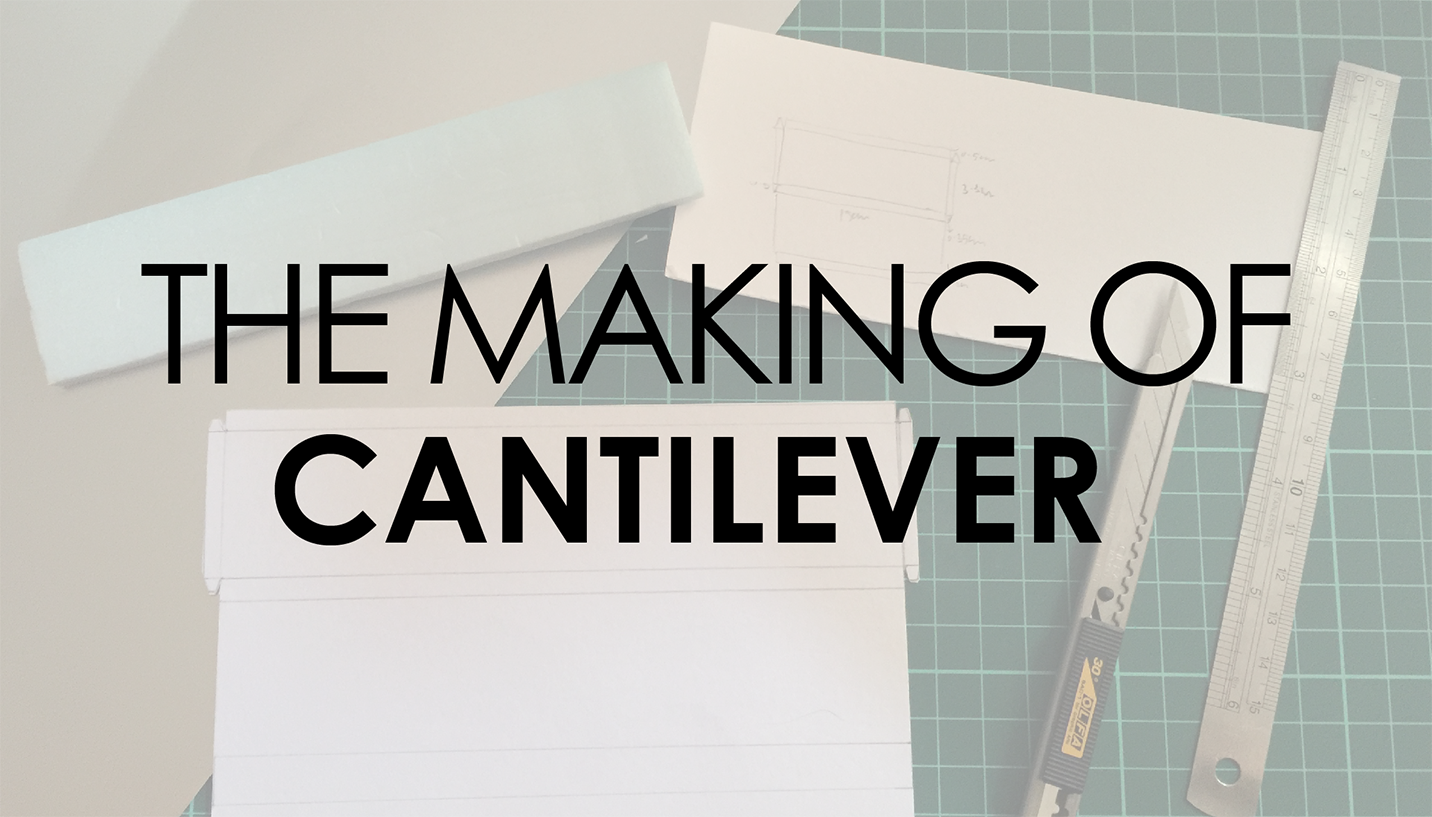
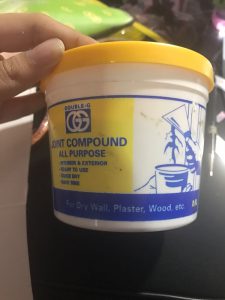
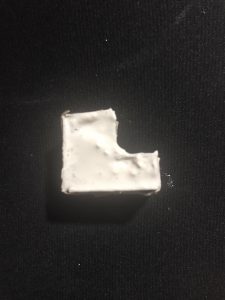
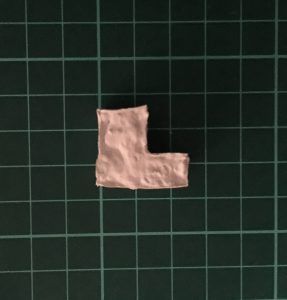
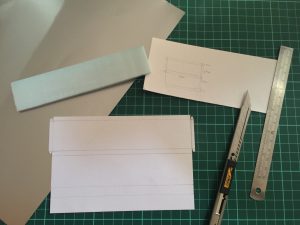

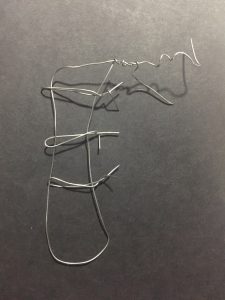
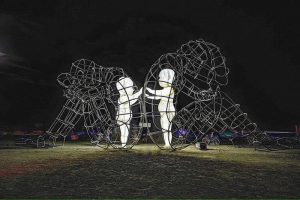
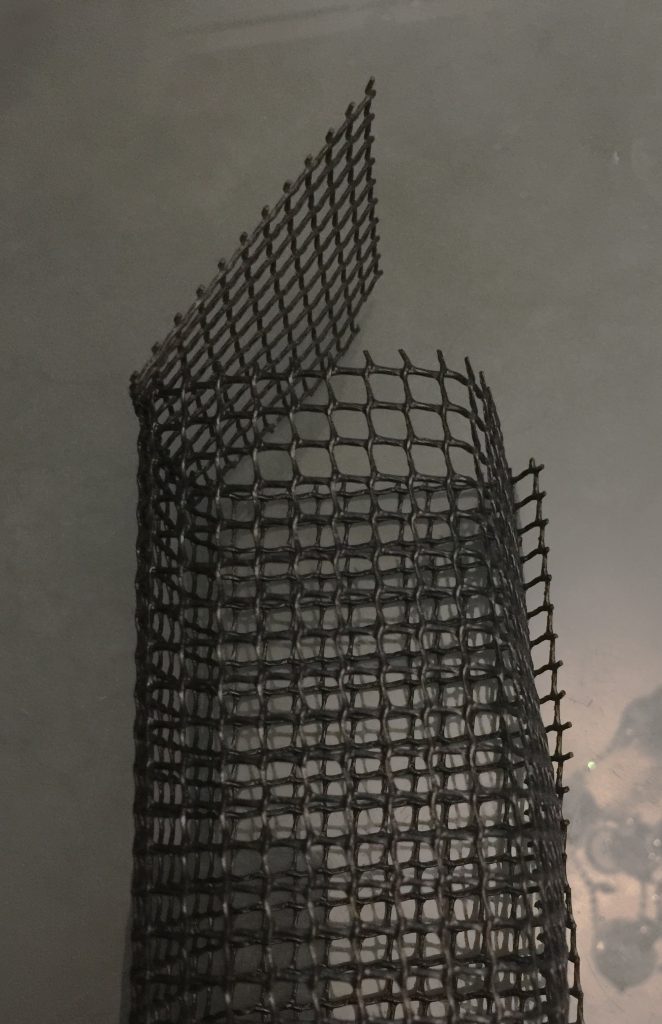
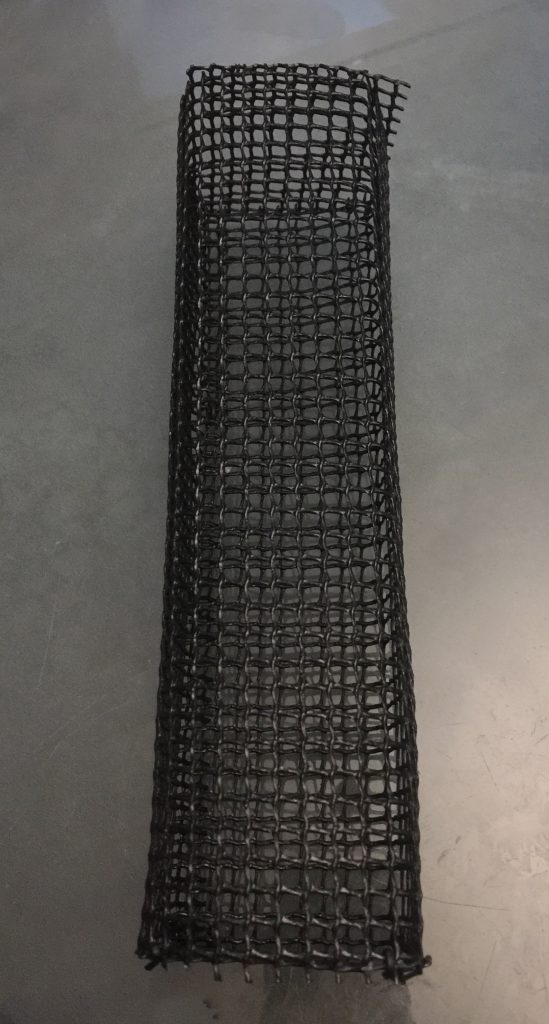
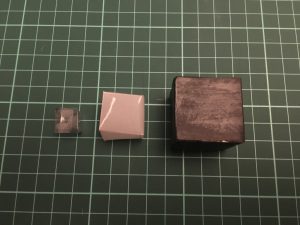
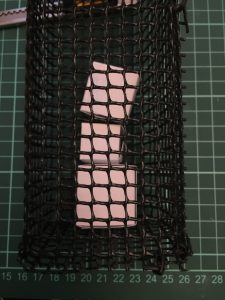
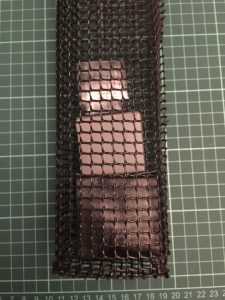
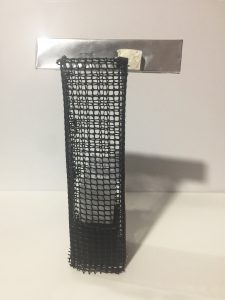



















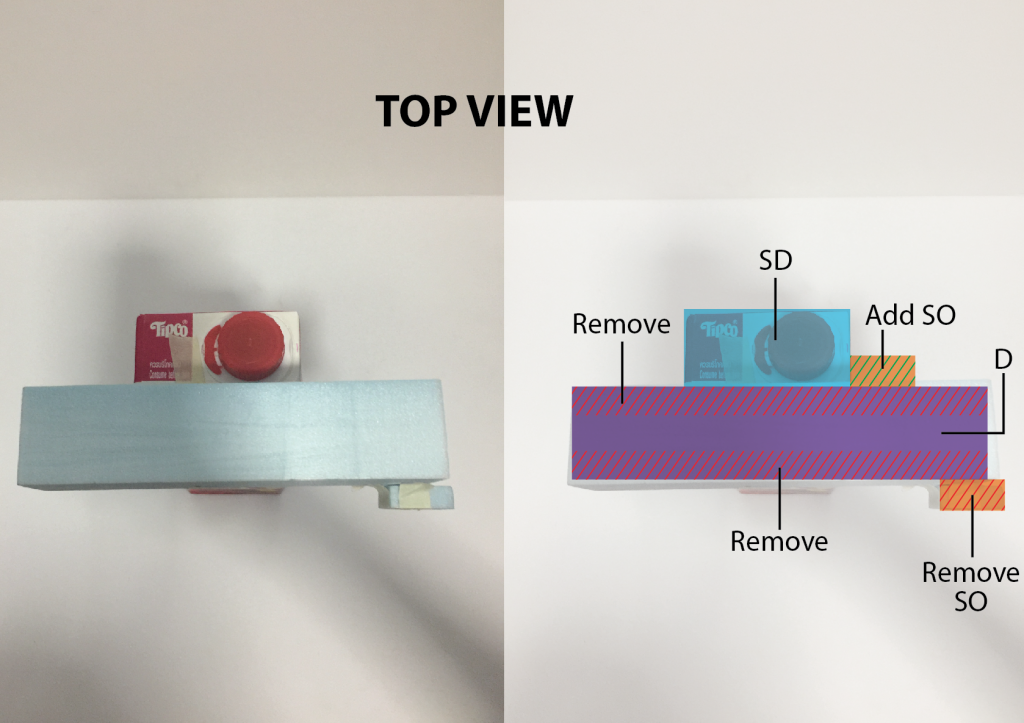




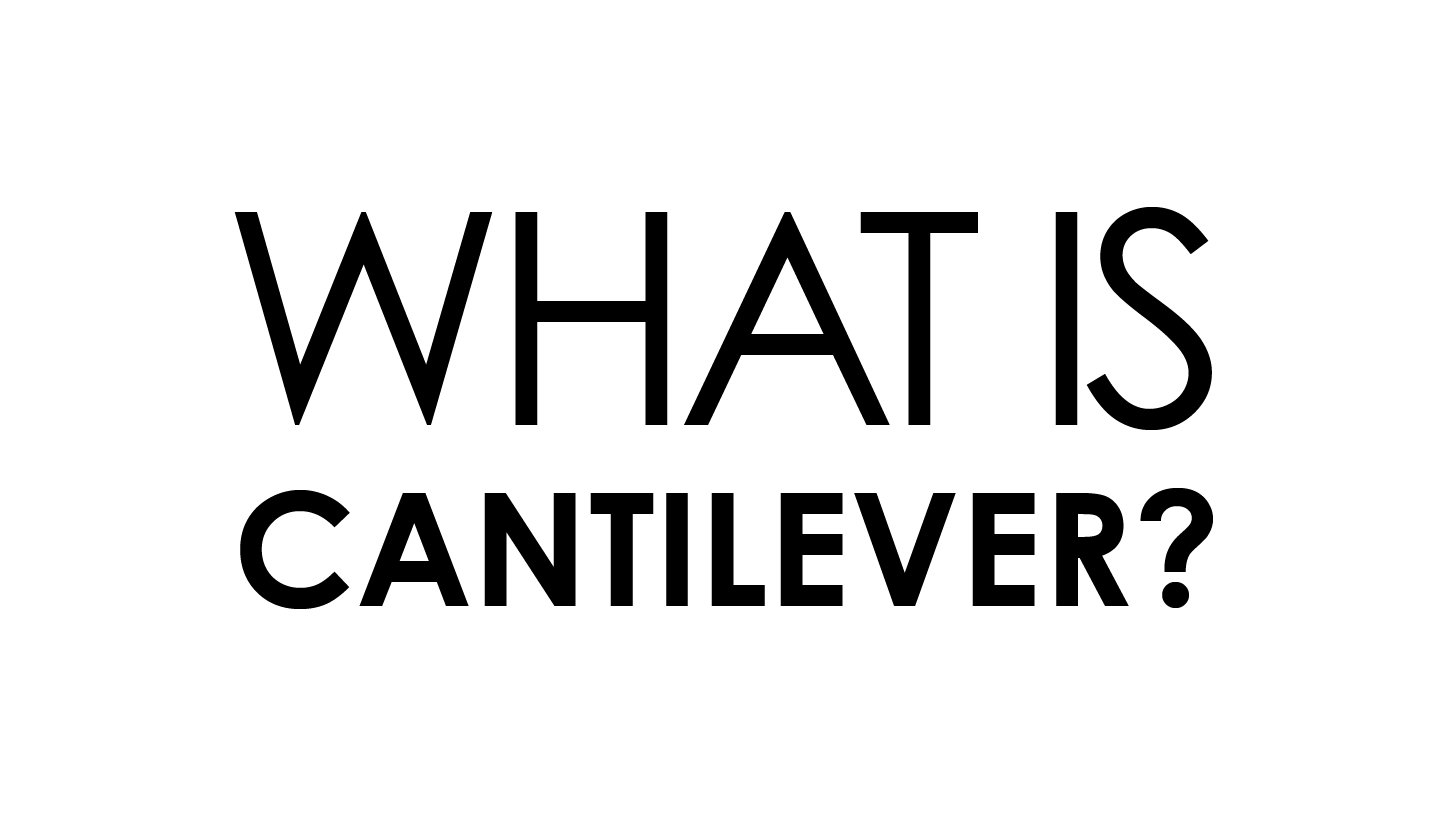
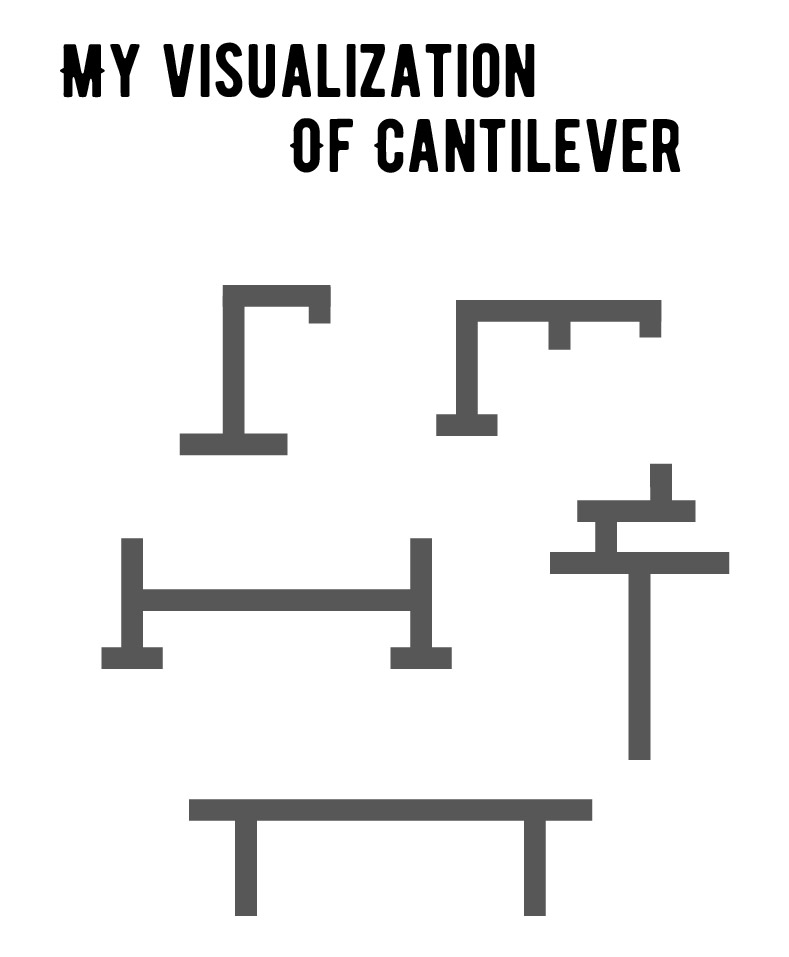
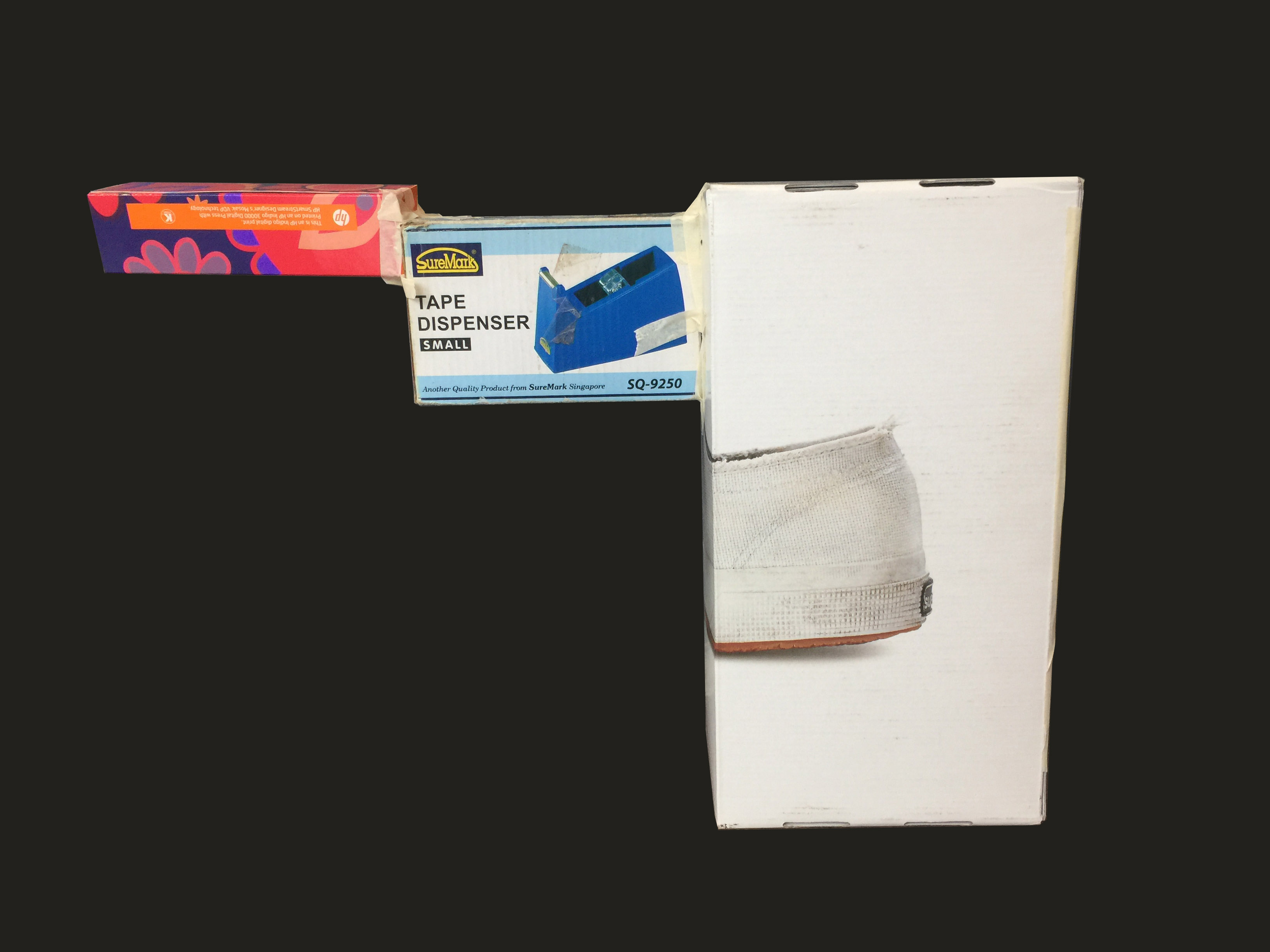
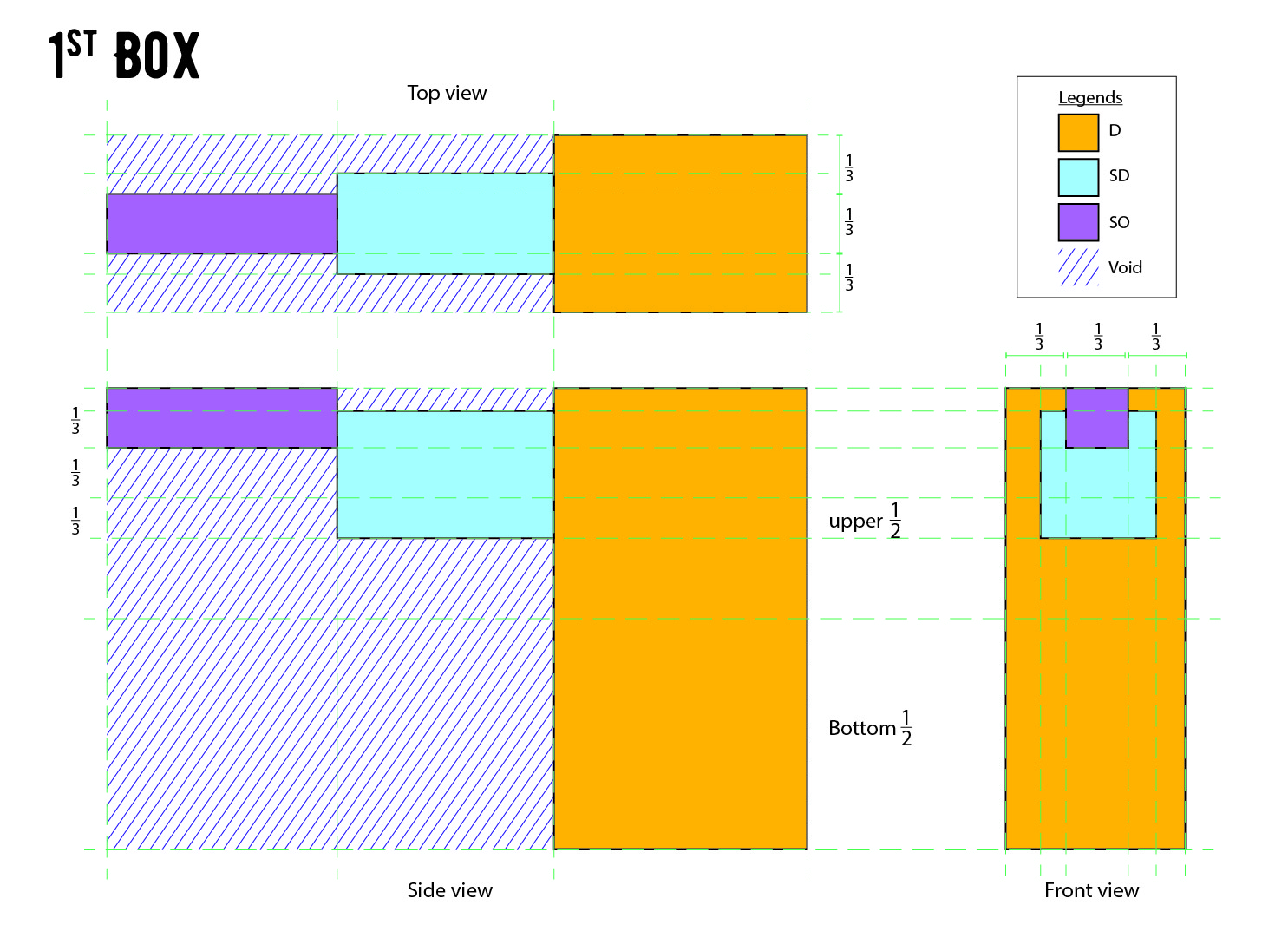 From my understanding about cantilever, this is my first try. During this try, I was still unsure about the meaning of cantilever. Hence this is what I came up with my lack of knowledge about cantilever.
From my understanding about cantilever, this is my first try. During this try, I was still unsure about the meaning of cantilever. Hence this is what I came up with my lack of knowledge about cantilever.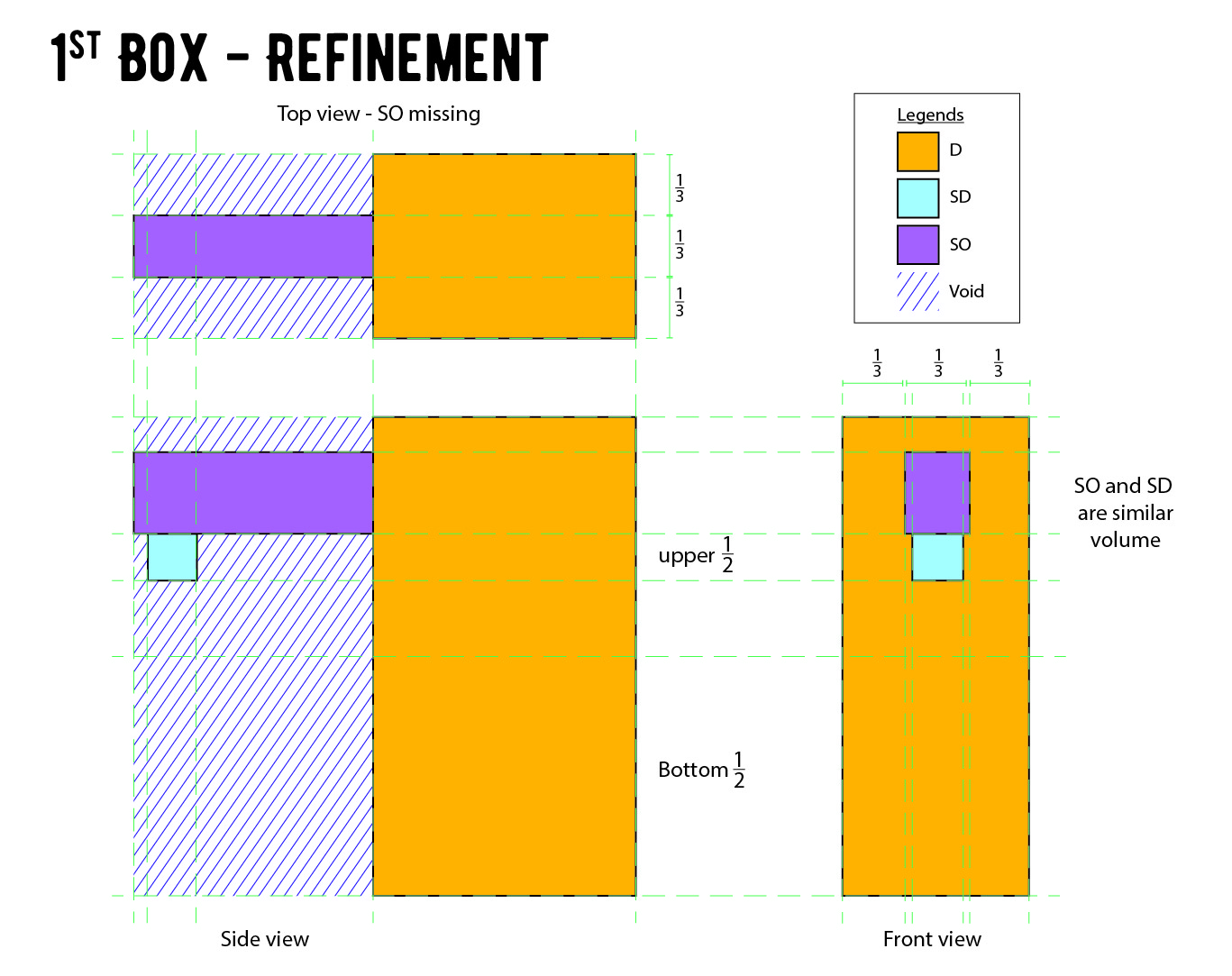
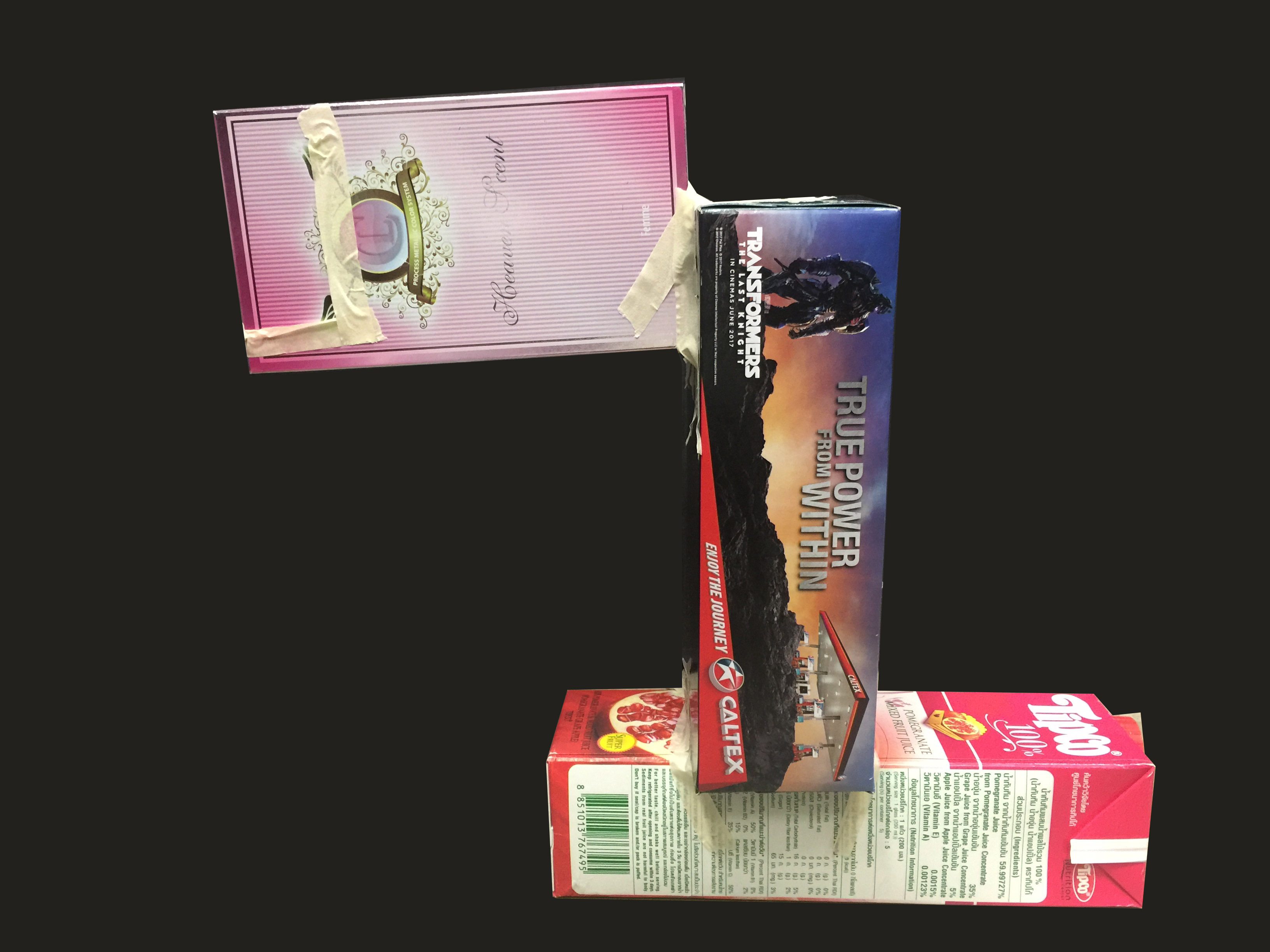
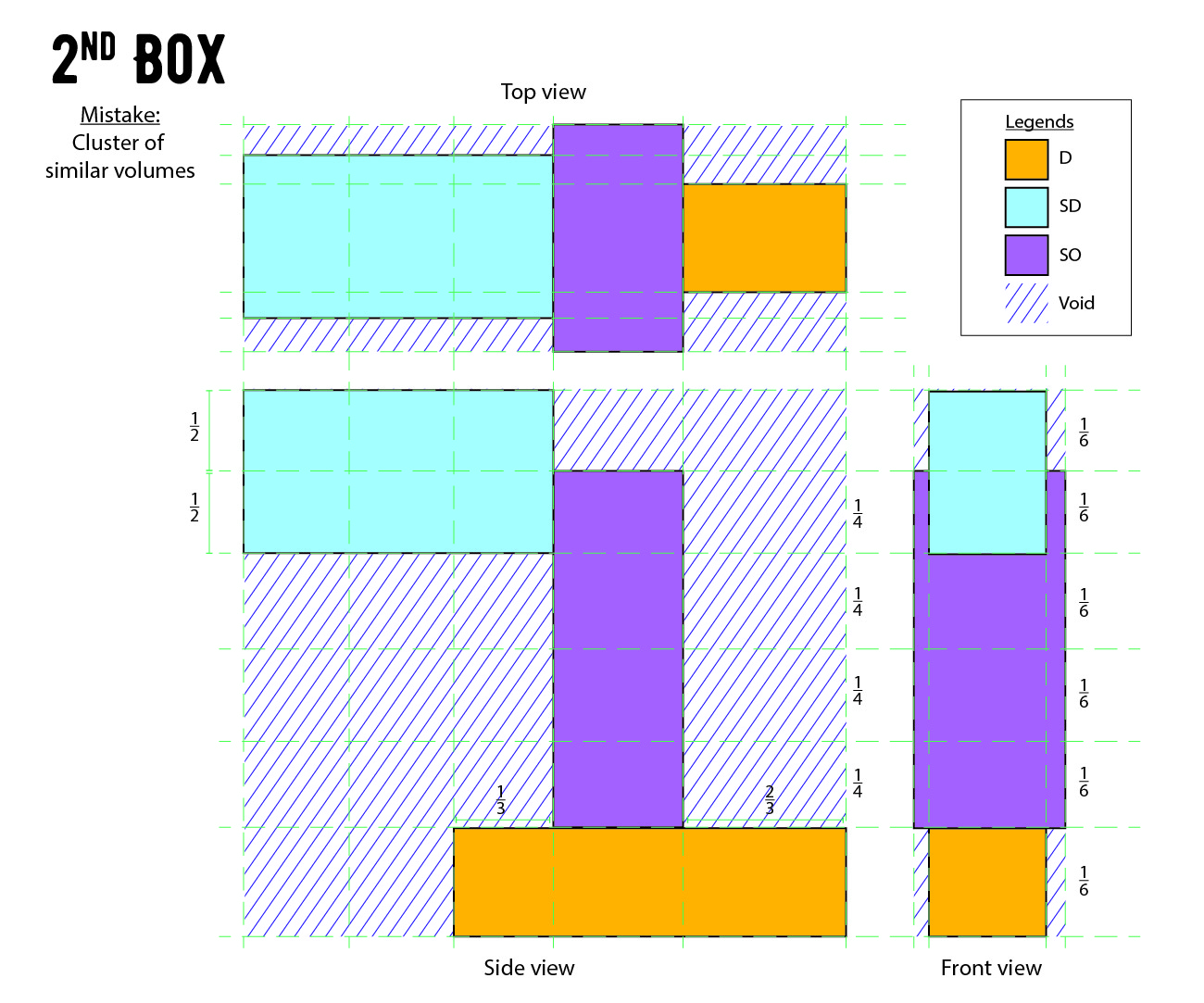 However, the biggest mistakes that I made was using boxes that had similar cluster. So I went home and did some refinement.
However, the biggest mistakes that I made was using boxes that had similar cluster. So I went home and did some refinement.
